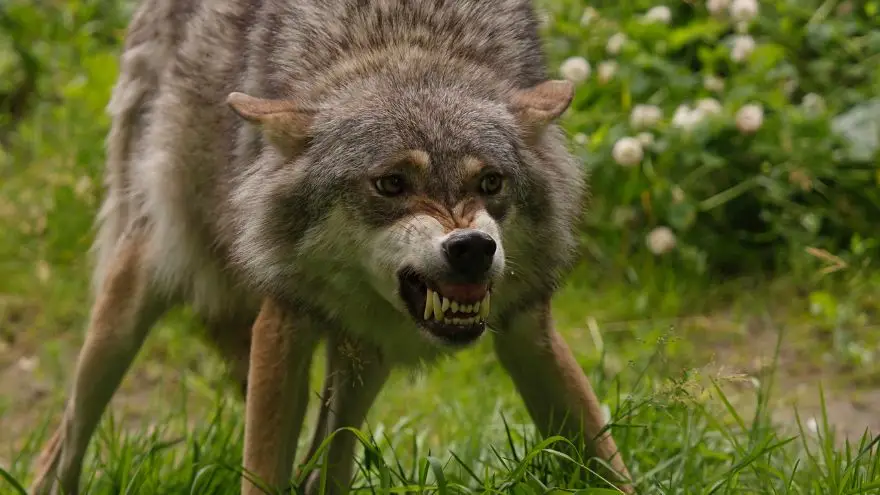In many parts of the world, encounters with dangerous animals can pose a significant threat to human safety. Whether it’s a predatory animal wandering into a populated area or a dangerous creature in the wild, the question of whether people are allowed to kill these animals is a complex and contentious issue. The legality of killing dangerous animals varies depending on the location, local laws, and the specific circumstances of the encounter. This article will explore the factors that come into play when determining whether it is permissible for individuals to kill dangerous animals.
Self-Defense and Immediate Threats
In most jurisdictions, individuals have the right to defend themselves from immediate danger, and this extends to encounters with dangerous animals. If a person finds themselves facing an imminent threat to their life or the lives of others, they may be legally allowed to take necessary actions to protect themselves. However, the use of lethal force is typically regarded as a last resort, with non-lethal alternatives encouraged where possible.
Protection of Livestock and Property
The killing of dangerous animals is often permitted when they pose a threat to livestock or property. Farmers, for example, may have legal authorization to protect their animals from predators that could cause significant financial losses. However, the conditions under which killing these animals is allowed may be subject to strict regulations, and the use of professional wildlife experts might be required to handle the situation.
Conservation and Endangered Species
In the case of endangered or protected species, the rules surrounding the killing of dangerous animals become much more stringent. These animals are often granted legal protection to prevent their further decline and ensure their conservation. Killing an endangered animal, even in self-defense or protection of property, can lead to severe legal consequences, including hefty fines and imprisonment.
Professional Intervention and Wildlife Management
For the most part, dealing with dangerous animals is left to professional wildlife management authorities. These agencies are trained and equipped to handle encounters with wildlife, especially in urban areas where animals might stray from their natural habitats. It is their responsibility to assess the situation and make informed decisions about how to handle the animal, which may involve capture and relocation, or in extreme cases, euthanization if it is the only viable option to ensure public safety.
Hunting and Sport
In some regions, hunting dangerous animals is legal under specific circumstances and with appropriate permits. However, this practice is often heavily regulated to avoid endangering species and to maintain ecological balance. Trophy hunting, where animals are killed for their body parts or for sport, is a particularly controversial issue, and many countries have implemented bans or restrictions on such activities.
Ethical Considerations and Alternatives
Beyond the legal aspects, the killing of dangerous animals raises ethical questions. As humans, we share this planet with a wide variety of wildlife, and our actions have significant impacts on ecosystems and biodiversity. It is essential to consider non-lethal alternatives, such as using deterrents to keep dangerous animals away from human settlements, promoting coexistence strategies, and implementing educational programs to raise awareness about wildlife conservation and safety.
Conclusion
The question of whether people are allowed to kill dangerous animals is not a straightforward matter. Legal provisions differ depending on the location and the specific circumstances of the encounter. While self-defense and protection of property may justify lethal actions in some cases, the conservation of endangered species and ethical considerations urge us to prioritize non-lethal alternatives and professional wildlife management whenever possible. Ultimately, striking a balance between human safety and wildlife preservation is crucial in ensuring a sustainable coexistence with the diverse range of creatures that inhabit our planet.








